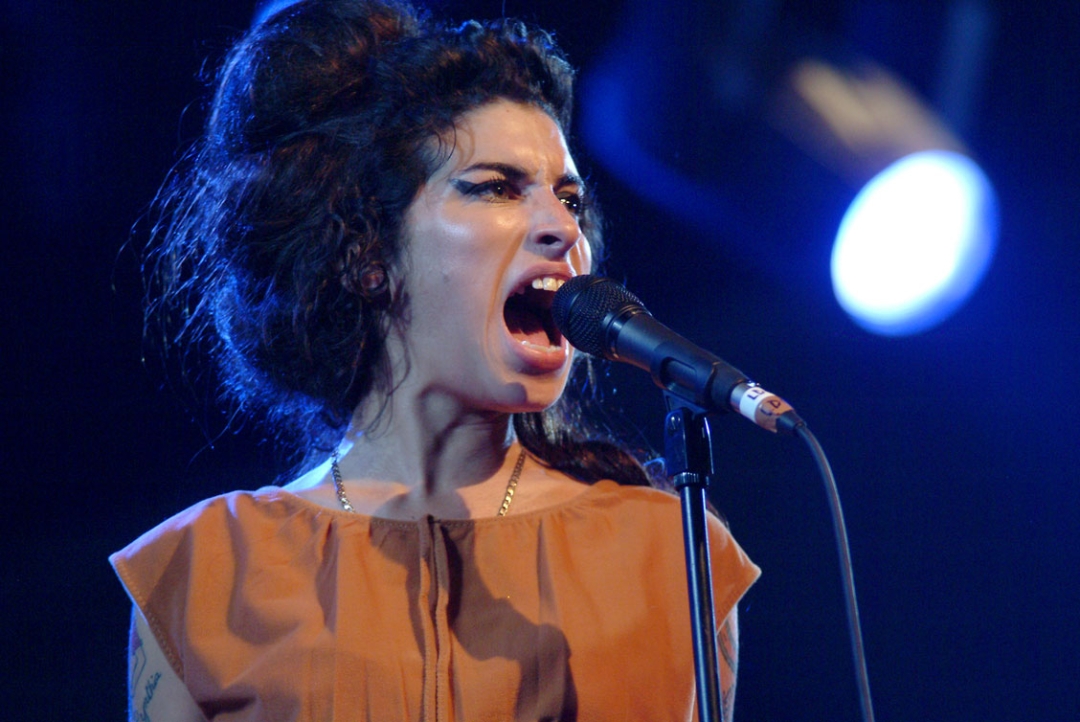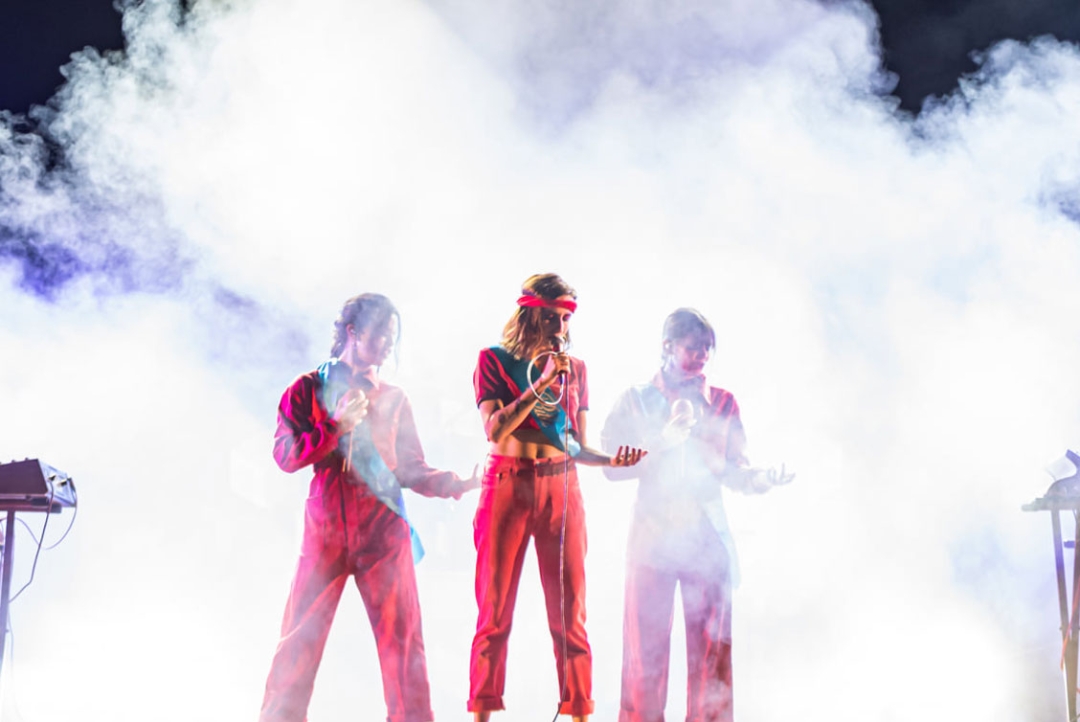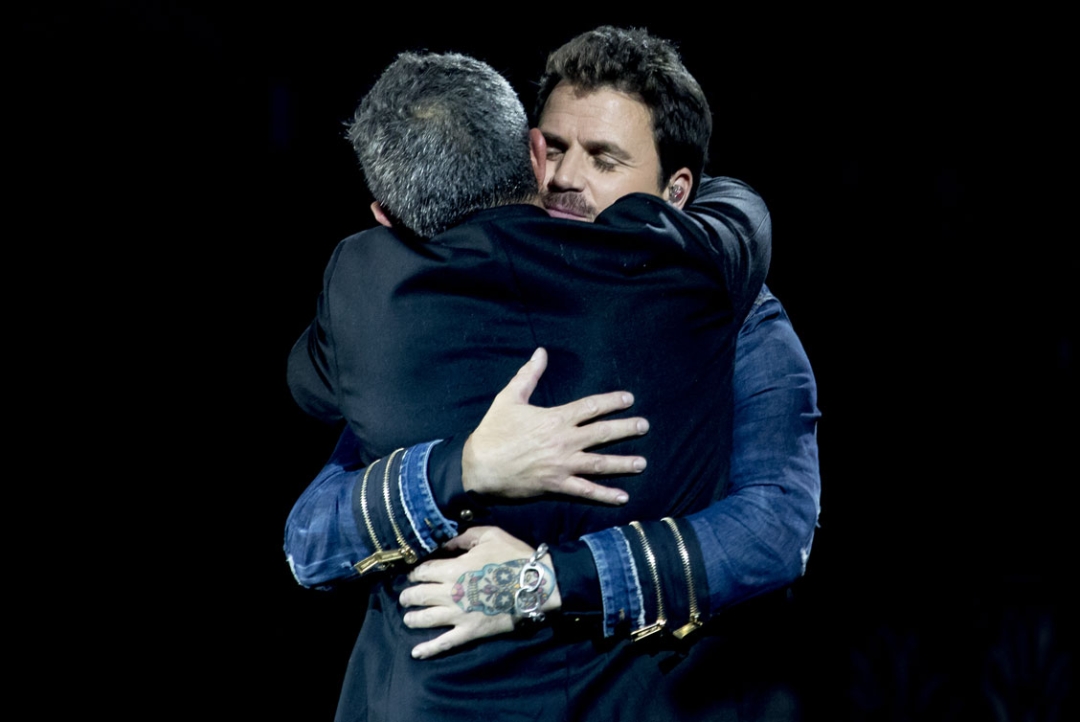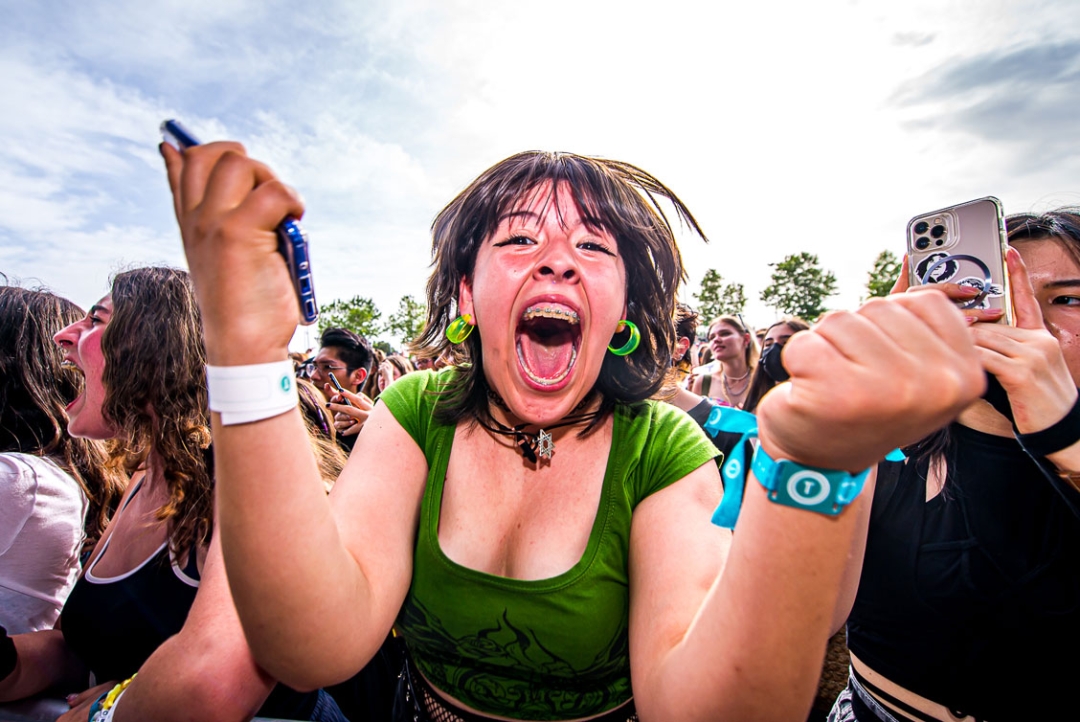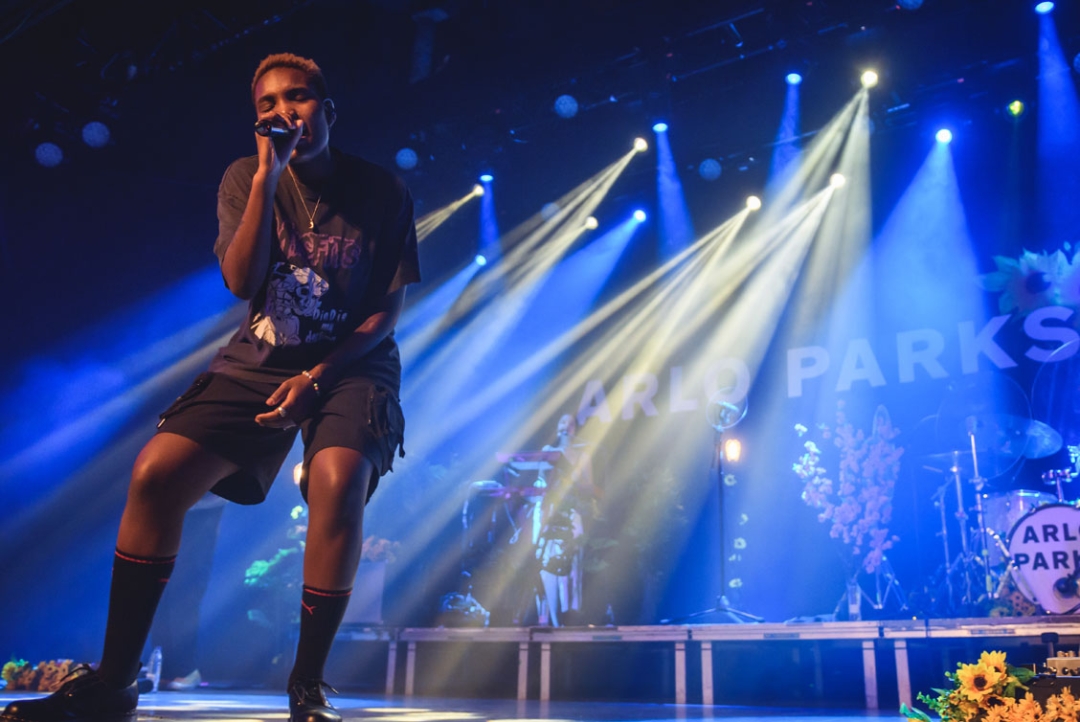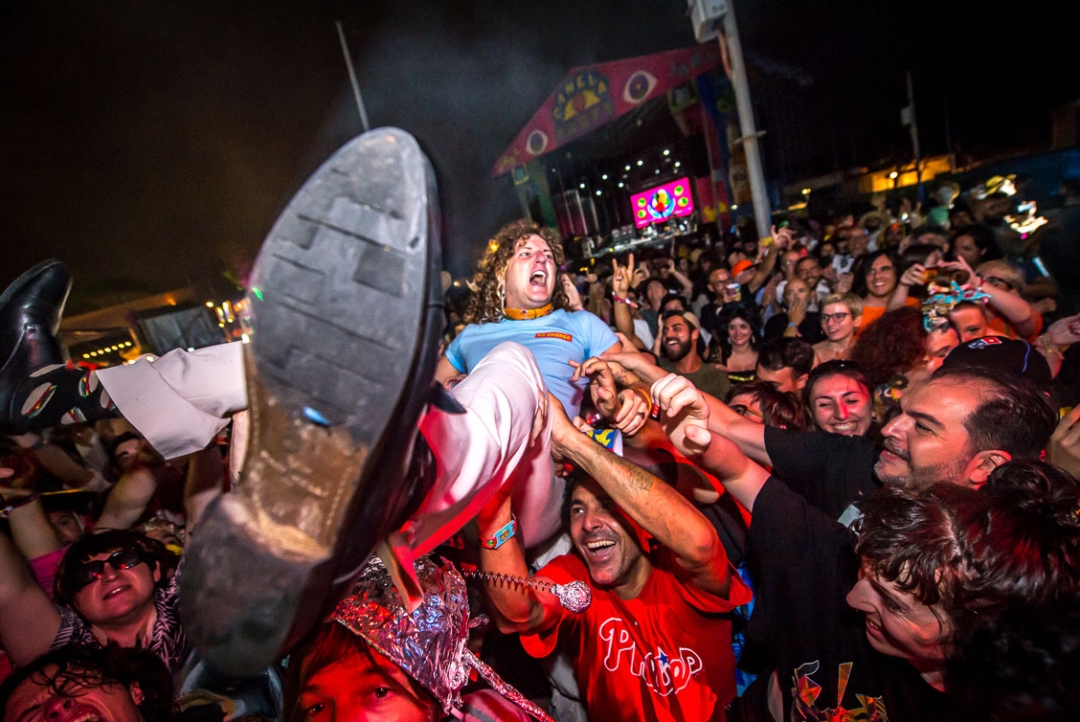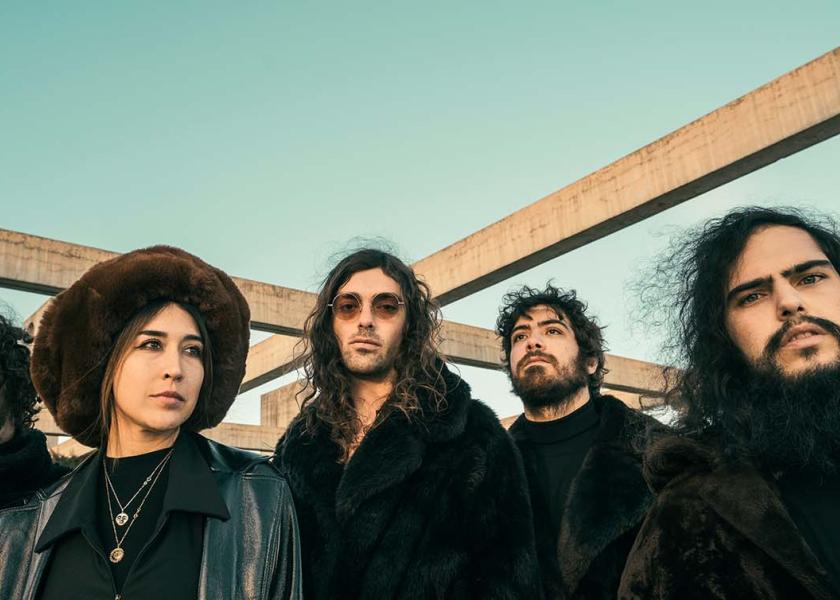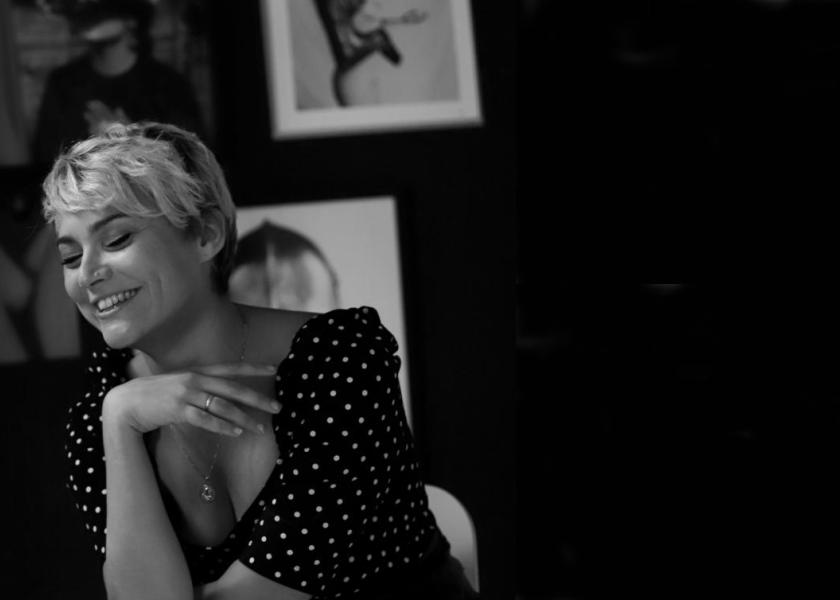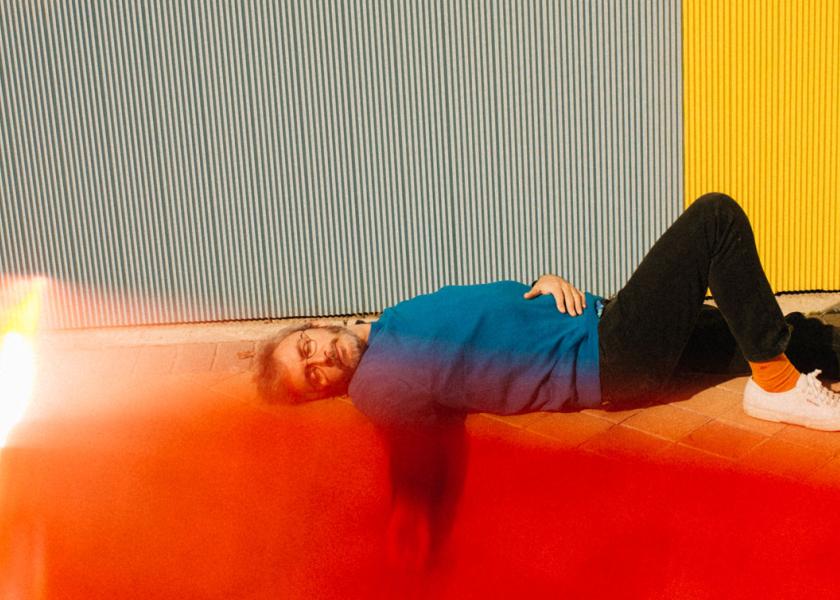Music photographers
Capturing the beat
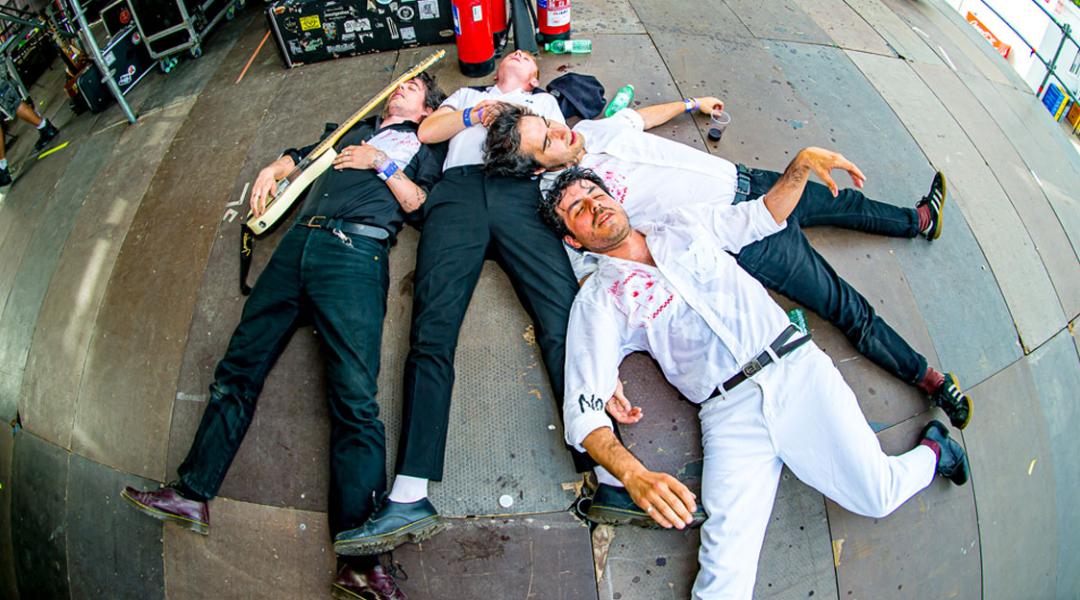
For a professional photographer willing to capture everything that cannot be explained in any other way, the stage of a concert is an endless source of possibilities. Adrenaline rushes. Emotional highs. Collective bliss. Given the abundance of festivals, Spain has turned into a paradise for music photographers; let’s hear from them.
Before the festival fever made the temperature rise even more in Spain over the summer months, we already had prestigious professionals specialised in this field. We’re talking about Francesc Fábregas, Domingo J. Casas, or the sorely missed Xavi Mercadé, who passed away just over a year ago and whose legacy sets an example within the profession. Javier Rosa, a leading photographer of live music, fondly remembers Mercadé’s kindness and the enthusiasm he showed for this profession: “With him we’ve lost a key part of the music photographers’ collective in Catalonia and, also, many nights in the capital’s music halls.”
At the beginning, Rosa’s lens pointed towards celebrities of all types looking for images to sell to gossip magazines. At that time, music was nothing more than a passion to escape from work. “The nights in Madrid at that time were culturally fast paced, full of music. I was in the right place at the right time. I thought I could combine my daily press work with concert photography, but music festivals bloomed a few years later and I knew that’s where I wanted to be. And I never shot for the media, magazines, or agencies again.” For the last few years, Rosa has worked exclusively for festivals, managers, and promoters.
“The nights in Madrid at that time were culturally fast paced, full of music. I was in the right place at the right time” – Javier Rosa
For Wilma Lorenzo, “the important thing is to capture the story from my point of view, whether live, backstage, on tour... Being an invisible observer, taking portraits without taking part in what’s happening.” This photographer, who has collaborated with media such as Efe Eme or Rockdelux, and who currently also works exclusively for artists and promoters, prefers to describe her work as documentary photography. Lorenzo is the author of images that have been featured among the promotional materials of Alejandro Sanz or Izal, among others, but she says she has let go of the urge to photograph international artists that seem unreachable. “Now I appreciate capturing the key moments of artists or bands that I know and whose work ethic I admire. This can happen at Wizink Center, Wanda, or Sala El Sol.”
“The important thing is to capture the story from my point of view. Being an invisible observer, taking portraits without taking part in what’s happening” – Wilma Lorenzo
And what’s more appealing to live photographers: a small room, a large venue, or a festival? In the last two, the professional does their work in the so-called pit, a fenced-off area between the audience and the stage where cameras take refuge and shoot from. Liberto Peiró doesn’t hesitate: “If the room has good lighting, you can see the artist and the audience more closely; large stages are harder and less gratifying to photograph unless there’s significant staging.” Peiró started photographing concerts in 1989, he’s in charge of editing Mondo Sonoro in the Valencian Community and has been published in national media like El País, El Mundo or Kerrang!. “Every concert is different, and you always find something new, whether on or offstage. The greatest difference between live portraits and those performed in studio is that nothing has been prepared and anything can happen. I love that feeling.”
“The greatest difference between live portraits and those performed in studio is that nothing has been prepared and anything can happen” – Liberto Peiró
María Carbonell started working in this field a decade ago. She got her camera out to illustrate the articles she used to write for the website Alquimia Sonora. As passionate as she is about live music, it didn’t take her long to accept that her true vocation were images and not words. María also knows that she much prefers live photography to the studio: “Live photography is improvisation, playing with light, capturing movement… I also love to capture certain details, freezing them in time: risk, speed, proximity, adrenaline, sweat, moshers, beer… It’s addictive.” Carbonell, who currently collaborates with several leading media companies in Valencia, as well as a female artist and band festival, Truenorayo Fest, defines herself more as “a music hall photographer than a festival photographer.”
Sometimes, to do her job, María doesn’t only have to deal with fussy organisers or a particularly lively crowd. “I’ve encountered men who tell you how to take the photo, who are annoyed by your mere presence, or that push you and try to get in front of you in the pit. The people I usually work with professionally are, above all, women.” Lorenzo, on her part, remembers how, at the beginning of her career, her professional skills used to be judged based on what clothes she wore. “You had to go to work with a tough and cold demeanour to be taken seriously. This has changed radically in recent years, there’s a big difference working with younger people, in the way they talk to other women who work in the sector.”
“I also love to capture certain details, freezing them in time: risk, speed, proximity, adrenaline, sweat, moshers, beer… It’s addictive.” – María Carbonell
If she has to choose among her favourite photographs within her portfolio, she says she feels particularly proud of the aesthetic results of the photos she took of Neil Young or Florence + the Machine, but she also appreciates other photos she’s taken of Zahara, Joaquín Sabina, or Vetusta Morla. Peiró declares that he enjoys shooting any musician who jumps with their instrument: “I’ve got a lot of photos of people mid-air. It’s a single instant and you have to pay attention, have good reflexes, and shoot.” If we’re talking about risky moments, Javier Rosa remembers giant British tour managers with unkind intentions, parents that while trying to protect their teens in the midst of a massive concert end up cracking your lens with their elbow, “or walking through more than 50,000 people with two camera bodies, four lenses, and a backpack full of equipment while being pulled around by people demanding that you take a photo of them. All this is scarier than a Darío Argento film but is an inseparable part of this profession.”
The adrenaline rush of live performances seeps through the lens. The most important thing is to capture that once-in-a-lifetime moment, whatever the cost. And there’s even the possibility of making a miracle come true beyond the artistic context, like Rosa did once, inadvertently: “A day’s work at a festival ended up being decisive for it to be able to continue. That day, a commercial brand was about to close an important contract with the promoter and that exact day ended up being a catastrophe in terms of ticket sales. There was a lot of empty space, making it hard to convey a vision of success. At the last moment, after uploading all my work to the festival’s server, the promoter came to see me to thank me for conveying something with my images that hadn’t actually happened. The brand had a subjective view of the event, but it was more than enough to close the deal with them. During the following editions it was much easier to take photographs: it sold out five times in a row!”
